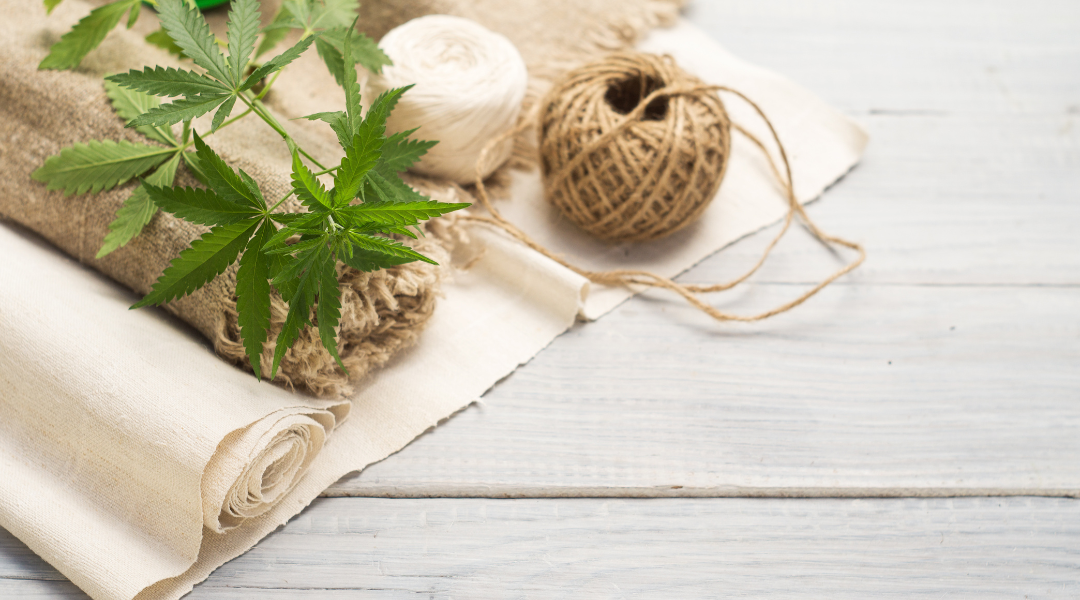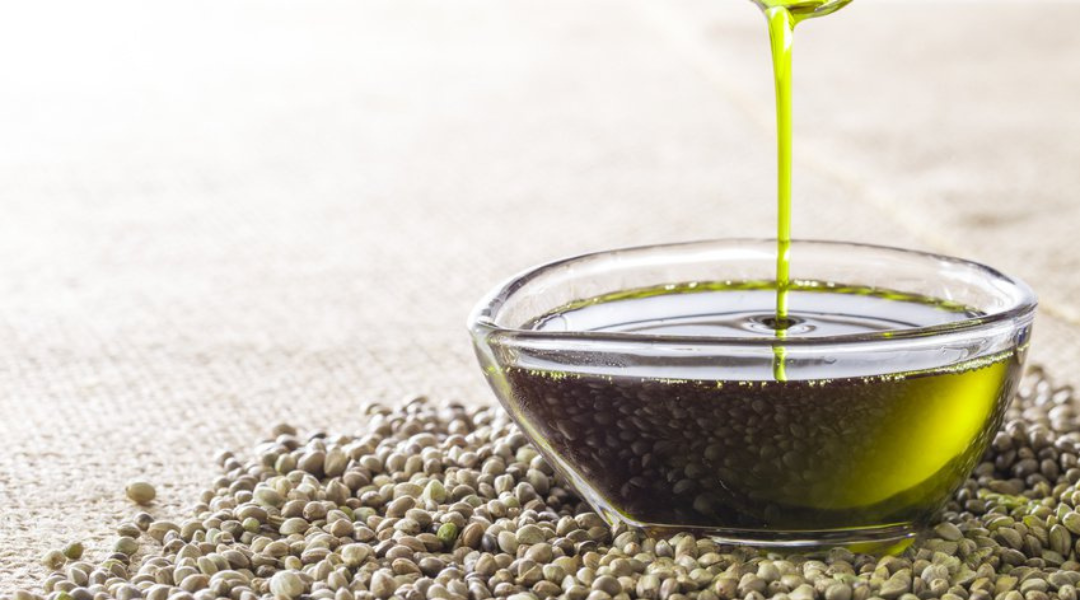Hemp, cultivated for thousands of years for its robust fibres, nutritious seeds and medicinal properties, had been eclipsed by cotton, synthetic materials and petroleum products, despite their harmful effects on our environment and health. In this age of ecological solutions, hemp is regaining its credentials, particularly in the textile industry. Hemp, which comes from the Cannabis Sativa L plant, stands out for its natural appearance, biodegradability and ability to renew itself rapidly. Its resurgence gives us the opportunity to re-examine its favourable ecological footprint and the innovations it is introducing into fashion today. In this article, you'll discover the exceptional qualities that make textile hemp a genuine ecological revolution in the world of fashion, and learn how you too can opt for this eco-responsible option.
The advent of hemp in the textile industry
Definition and characteristics of textile hemp
Derived from the stalk of the hemp plant (Cannabis sativa L), textile hemp fibre is clearly different from Indian hemp because of its low THC content (less than 0.3%). Thishis special legal status means that it can be grown and processed in Belgium and Europe. It is recognised for its robustness, flexibility, softnessIts remarkable properties include absorption, thermoregulation and protection against UV rays, bacteria and mould. What's more, it's a ecological fibrewhich requires little water and pesticides. It is also a good soil fertiliser and it is entirely biodegradable.
History of the use of textile hemp
Used for over 4,000 years, hemp is one of the first textile fibres in human history. After wood, hemp was the most widely used material in shipbuilding. It was used for sails, rigging and ropes. It wasn't until the 19th century that its popularity declined, with competition from cotton, synthetic fibres and petroleum, offering a finer texture at lower cost, but at the price of a heavy ecological footprint. Hemp was then relegated to more restricted applications, sometimes even banned because of its proximity to cannabis.
Comparison with other fibres: advantages of hemp
Hemp textile outperforms competing fibres in many respects. For example, it requires a lot of less water and pesticides Compared with cotton, it is more productive per hectare and does not require chemical treatments for processing. Unlike synthetic fibres, hemp is renewable, biodegradable and free of microplastics and harmful emissions. Compared with flax, it is distinguished by its faster growtha greater resistanceas well as a better thermal insulation. Its versatility means it can be combined with other materials to create a wide range of textiles to meet a variety of needs and styles.
The ecological impact of hemp as a sustainable solution
Reducing carbon footprint and water management
Hemp plays a key role in the fight against climate change thanks to its remarkable ability to capture carbon dioxidee (CO2) from the atmosphere through photosynthesis. This plant can absorb up to four times more CO2 than other crops, and contributes to the reduction of greenhouse gases. Hemp also has a low water requirement: it requires four times less water than cottonThis makes it a valuable ally in conserving water resources, especially in areas where they are scarce.
Low need for pesticides and chemical fertilisers
Naturally resistant to pests and diseasesHemp considerably reduces the need for chemical pesticides and fertilisers. Its rapid, dense growth means it naturally suppresses weeds, eliminating the need for weeding. What's more, its varied natural colour eliminates the need for bleaching or chemical dyes. By choosing hemp, water and air pollution are reduced, which also reduces health risks for farmers and consumers.
Biodegradability and hemp's life cycle
Renewable and can be harvested several times a year, hemp produces twice as much fibre per hectare as cotton. Its biodegradability is another major advantage, as it decomposes in the soil without leaving toxic residues. Thanks to its versatility, hemp has applications in a variety of sustainable products, such as textiles, ropes, paper, building materials and biodegradable plastics. It also offers a favourable habitat for wildlife (beneficial birds and insects), thereby promoting agricultural biodiversity and supporting local ecosystems.
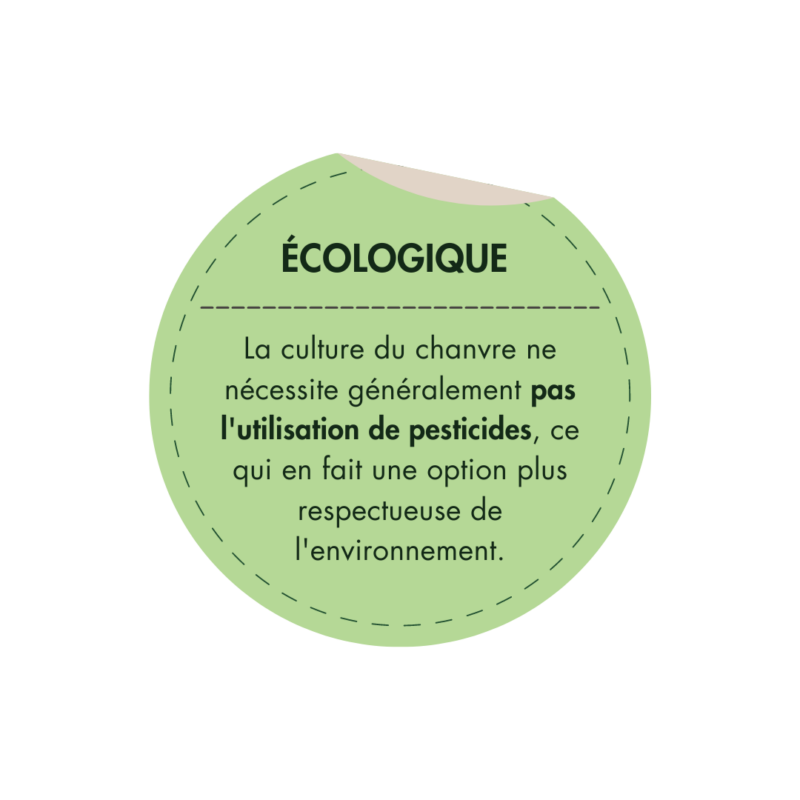
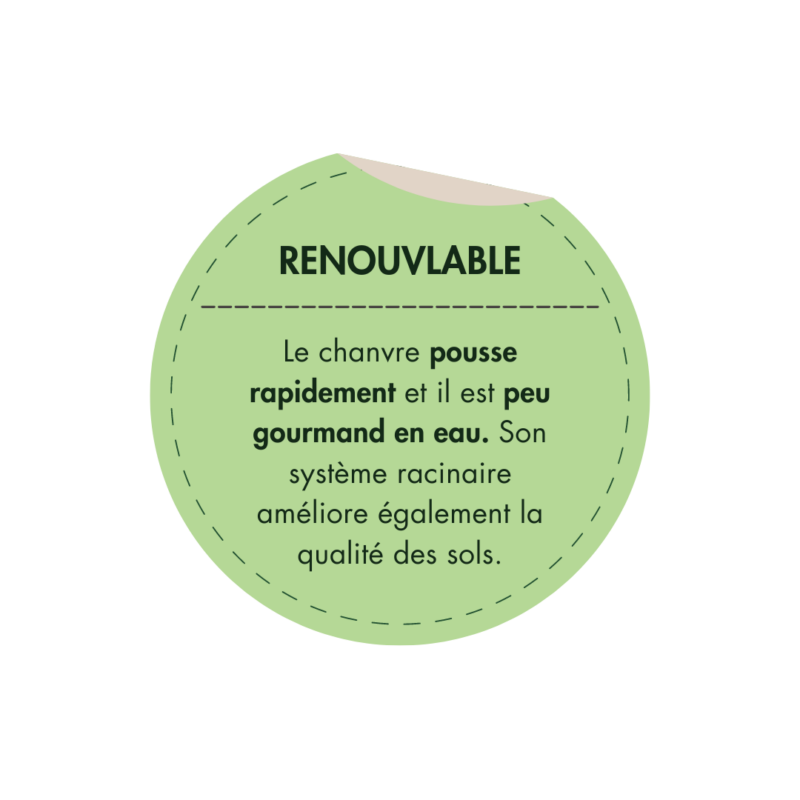
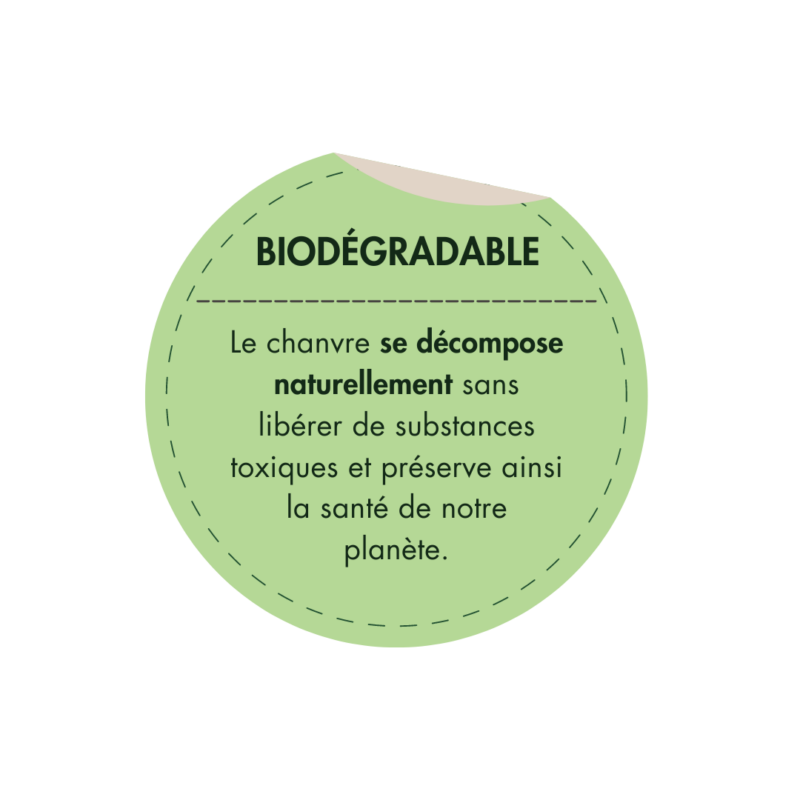
Hemp in contemporary fashion
Obstacles to integrating hemp into fashion
Despite its considerable advantages, hemp faces a number of obstacles to its adoption in the world of fashion. There are many challenges to overcome. The first is the regulatory confusionThis is because hemp is often wrongly equated with cannabis, leading to legal restrictions, customs checks and unfavourable prejudices. The second challenge is technical: demanding hemp fibre, requires specific harvesting, processing and finishing procedures, often involving blending with other fibres. The third obstacle is economic: compared to traditional fibres hemp production remains costly because of limited production, growing demand and insufficient financial support. Hemp textiles are also facing competition from synthetic fibres, which are cheaper but much more polluting.
Initiative innovative in Wallonia
A research project led by Valbiom and funded by Wallonia aims to diversify outlets for hemp growers and develop a textile industry in Wallonia. However, this initiative faces challenges, not least the decades-long ban on hemp cultivation and the loss of traditional know-how in the textile processing of this plant.
Despite these obstacles, a first prototype of Walloon fabric has been developed, made from a blend of natural fibres, one third of which is Walloon hemp. Production is still limited, with only 200 metres of ecru fabric and 90 metres of blue mottled fabric, due to ongoing research. Part of the fabric is intended for use in fashion design schools to raise awareness among students of the properties of hemp.
Sales of the fabric will help fund future design tests to make hemp-based textiles more versatile and suitable for different uses. The project aims to stimulate the circular and sustainable economy in Wallonia while revitalising the hemp textile industry.
Adoption by the fashion industry
The fashion industry is turning more and more to hemp, seeing it as an opportunity for renewal and a source of inspiration. commitment to environmental responsibility. A number of major retailers have started to join this movement by offering lines in hemp or recycled hemp, and in so doing are showing their commitment to more environmentally-friendly fashion. This is proof positive that comfort, style and durability can go hand in hand. Hemp is therefore proving to be a choice of trendy and ethical materials which responds to the environmental concerns of consumers.
Conclusion
Textile hemp, a natural, eco-friendly and innovative fibre, is transforming the fashion industry. This material offers numerous benefits for both the environment and consumers, not least its ability to reduce carbon footprints and optimise water management. It is also distinguished by its low need for chemical pesticides and fertilisers, its biodegradability, and its sustainable life cycle.
The fashion industry is increasingly turning to hemp, seeing it as a chance to stand out and embrace social and ecological responsibility. Pioneering brands have already featured hemp in their collections, and the movement is growing. Hemp is proving to be both a trendy and ethical choice of material, meeting the demands of consumers concerned about their environmental impact. We encourage you to explore the possibilities offered by textile hemp, experiment with it, adopt it and promote its use. Textile hemp marks an ecological revolution in the world of fashion, and you have the opportunity to contribute to it.
Would you like to find out more about our mission at Cannavie? Visit us here.



